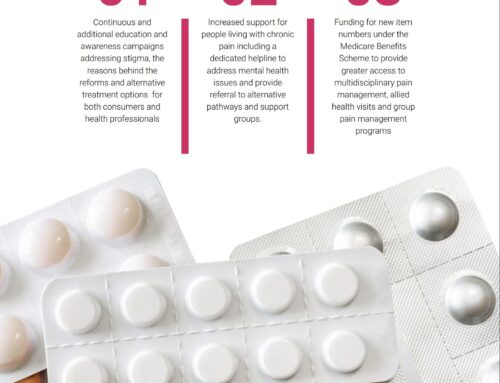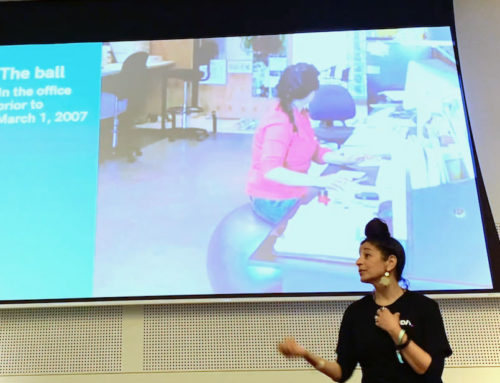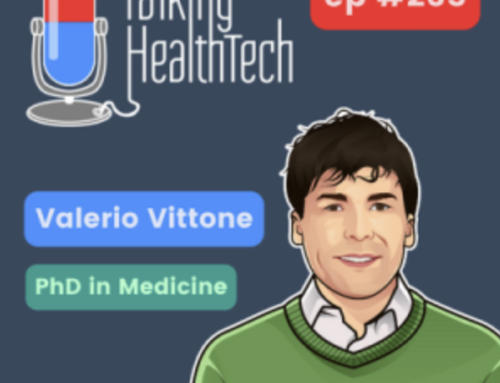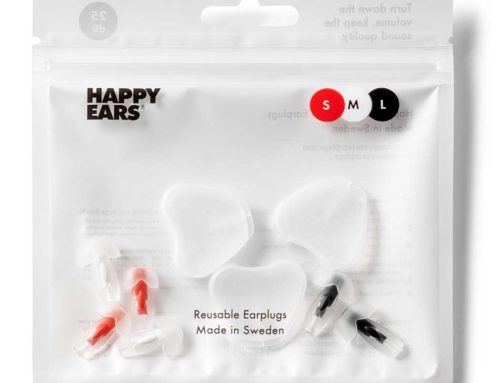In what’s becoming a life trek in the aim of defining my ongoing pain issue, there’s a pattern I’m beginning to see.
Most often when I read educational material and it feels like it’s beginning to gell with my experience, I feel a suction toward the words.
I’m drawn into the paragraphs of the researcher/s and excitement kicks in. ‘I’m going to find the definition, this person is speaking my language!’
It gets wilder and wilder – think Willy Wonka’s crazy boat ride (below, but hold on to your pelvis!) and the findings and resources amount to great support material.
I begin to believe – ‘this is IT!’
But Like Willy Wonka’s crazy boat ride, somewhere along the way it gets freaky, the definition starts to go off my track and as I keep reading I’m feeling that I’m coming unstuck.
Once again, I see that I stepped into a ride so wholeheartedly and with so much hope but again, was let down.
When will I read one full piece of research that will explain everything I’m feeling, everything I’m living and define it for me (us!)?
When will I get to pain’s destination via a smooth ride and land at Station Pain-Free?
At least the characters in Willy Wonka and the Chocolate Factory end up at a destination that is part of a Chocolate Factory. I always end up in the same damn factory of pain!
I don’t want to dampen my latest’ ride’, Musculoskeletal Pain: It’s More Than What Happens in the Body because it is really good. I’ve included a snippet below.
I won’t dampen it but it’s just… well… it’s that… it’s… it’s, it’s done that thing that all research has done. Left me alone again.
Kayt Sukel is a freelance writer based outside Houston, Texas.
“There’s always this balance between the amount of excitation in the nervous system and immune system versus the amount of inhibition,” she said. “It turns out, in chronic pain conditions, we have a lot more excitation. The neurons become hyperexcitable and the immune system secretes more inflammatory cytokines [small proteins] leading to an inflammatory state. At the same time, we have less inhibition. But, with regular exercise, both the nervous system and immune system release different substances that bring back some of that inhibition to reduce all that excitability. If you exercise regularly, it will reset the nervous system and immune system, and, over time, shut down pain.”
That said, one of the biggest obstacles to pushing this reset button is that, while exercise decreases chronic pain in the long run, it can lead to increased pain in the short term.
“There are a lot of clinical trials looking at exercise for chronic pain, particularly musculoskeletal pain,” said Sluka. “There is an overwhelmingly positive response if it is done repetitively; it reduces pain and improves function. But we also know that people who have musculoskeletal pain have an acute increase in pain, especially when they start. We’ve done studies in fibromyalgia showing you can get a three-fold increase in pain during an active exercise task. That’s pretty big.” Helping people move past that initial acute increase in pain is tough, Sluka acknowledged. But she said education really is the key to getting started.
Romy Parker has found in her studies that it is especially the combination of education and exercise that really improves function and reduces pain.










Leave A Comment